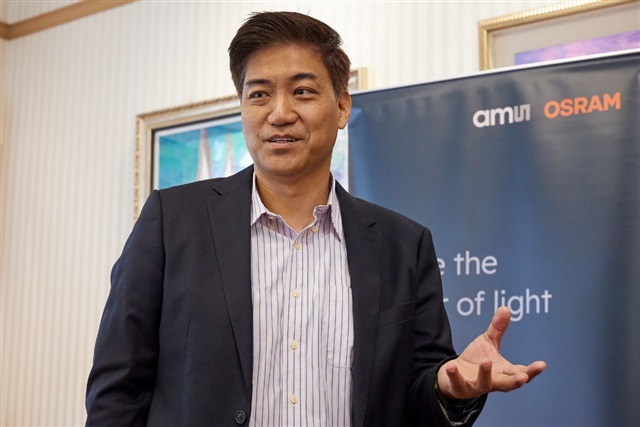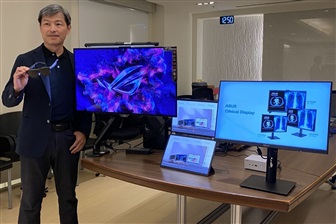China's BOE Technology is rapidly advancing its 8.6-generation IT OLED production, signaling an aggressive push to close the gap with South Korean rivals. Reports indicate the company has begun procuring equipment for the second phase of its B16 production line, including the third and fourth lines, marking a strategic acceleration in scaling manufacturing capacity.
The global market for OLED display panels is entering its seasonal peak in the second half of 2025, and South Korea's leading panel makers—Samsung Display and LG Display—are emerging as the biggest beneficiaries of renewed demand for high-end smartphones. Analysts say shipments and revenue are set to accelerate, with the fourth quarter of 2025 likely to mark a record-breaking period for the industry.
The Taipei Computer Association (TCA), which organizes the influential Computex tradeshow—one of Asia's largest technology exhibitions—is set to elect a new chairman on December 17, 2025, with Acer chairman Jason Chen emerging as the frontrunner. Chen is positioned to replace Paul Peng, who is stepping down after six years leading the influential industry body.
LED packaging and lighting module manufacturer Ledtech has reinforced its operational foundation in recent years, reporting a pre-tax profit of NT$19.67 million (US$627,730.56) in November 2025 and is expected to maintain consecutive profitability. Chairman Shou-Hsiung Liu stated the company will continue focusing on niche markets, consolidating its market share in low-temperature lighting across the Americas while actively expanding into Europe.
IRIS Optronics, a provider of full-color cholesterol liquid crystal display technology, has collaborated with a Japanese electric power company to present smart utility pole displays using full-color electronic paper for the first time in Japan. The demonstration took place along major streets in Hachioji City and the Takao Mountain area.
Kinko Optical reported consolidated revenue of NT$408 million (approx. US$13.1 million) for November 2025, marking a 72.7% increase compared with the same month in 2024 and a 0.64% rise from October. Cumulative revenue for January through November 2025 reached NT$3.243 billion, up 48.1% from the same period last year.
Taiwan has become the world's top supplier of medical displays and X-ray sensors as AUO and Innolux accelerate expansion in healthcare technologies and boost shipments to global customers. Shih-Hong Liao, general manager of AUO's Smart Healthcare Business Group, said Taiwan now holds nearly 60% of the global medical display market and about 70% of the X-ray sensor market.
Genius Electronic Optical (GSEO) reported consolidated revenue of NT$2.269 billion (US$72.6 million) for November 2025, edging up 0.53% from October's NT$2.257 billion and rising 11.64% from NT$2.032 billion a year earlier.
China's BOE Technology has reportedly secured the largest share of display orders for Apple Inc.'s upcoming budget model, the iPhone 17e, even as South Korean rivals Samsung Display and LG Display maintain near-total dominance over the flagship iPhone 17 series, according to South Korean industry media.
IT demand has entered the fourth quarter off-season, but panel makers are coping by balancing supply and demand. AI demand has driven up prices for upstream materials such as memory, putting pressure on panel makers to hold the line on IT panel prices. This is especially true for mainstream monitor panels, whose quoted prices are already near total cost, making price locking a top priority.
WiseChip Semiconductor general manager Wen-Qin Ye stated that overall operations have suffered from macroeconomic conditions and tariff impacts, falling short of expectations. However, the company has stabilized operations through inventory management and strengthened organizational efficiency, while actively developing new products. By diversifying its business, the company aims to pursue profitability and hopes that new applications in 2026 will contribute to revenue.
More coverage



